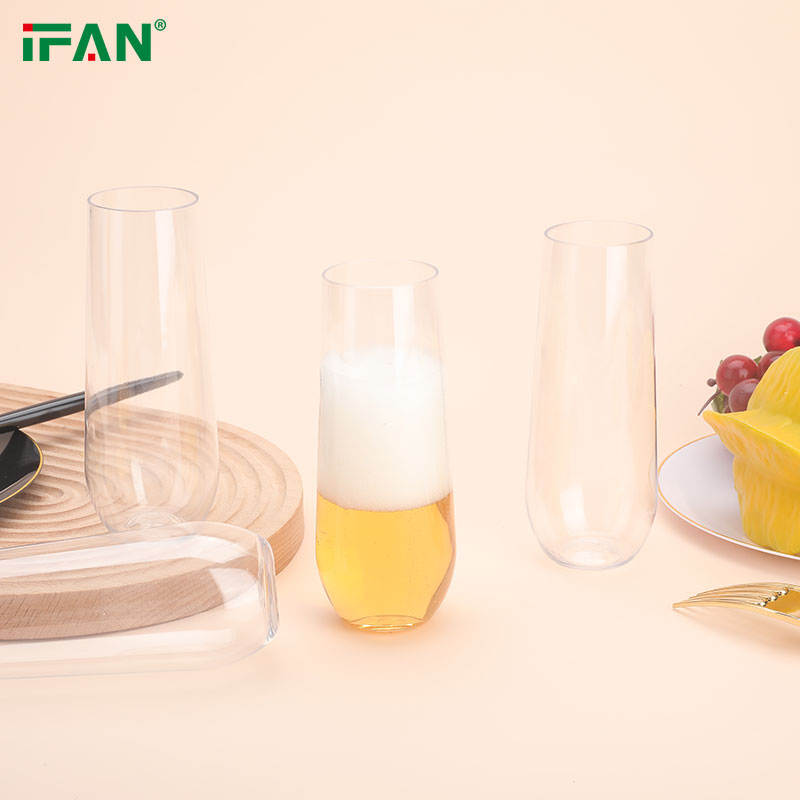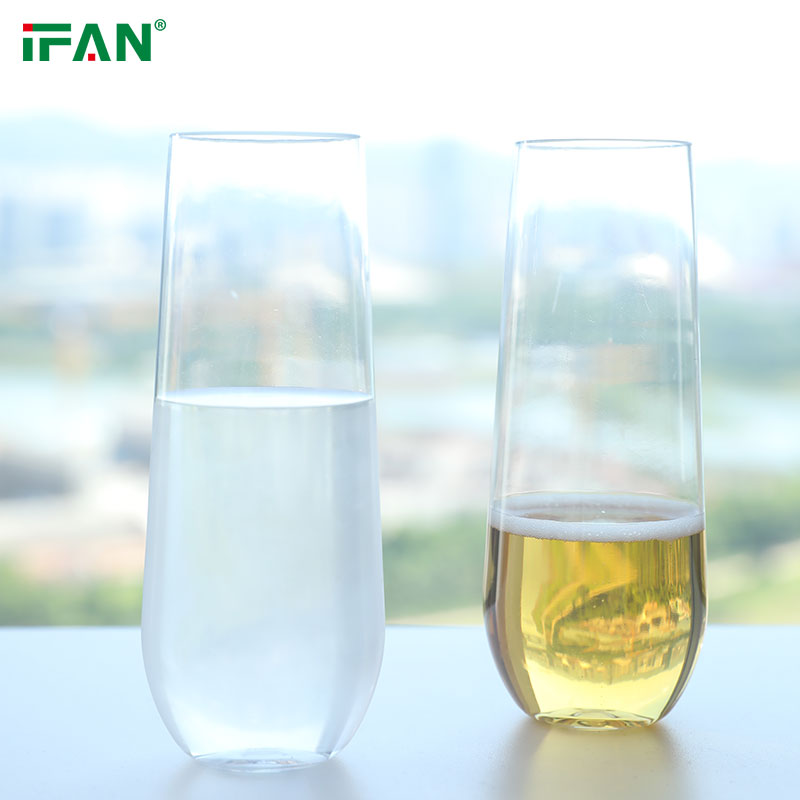Champagne is a classic fizzy wine that has been enjoyed for centuries by people all over the world. It is often synonymous with celebrations, parties, and special occasions. This popular wine is known for its effervescence, delicate taste, and elegant appearance. However, have you ever wondered why champagne glasses have evolved from the classic wide bowl shape to the tall, slender flutes shape? In this article, we will explore the history of champagne glasses and the reason for the rise of the champagne flute.
Champagne has been around for centuries, but it wasn’t until the 18th century that it began to gain popularity among the upper classes of society in Europe. At this time, champagne was served in wide and shallow bowls known as coupes. The coupe glass is said to have been modeled on the shape of the breasts of the French queen, Marie Antoinette. The design was intended to capture the bubbles and aromas of the wine, making it the perfect vessel for champagne.
However, there is a significant drawback to using a coupe glass. Its wide, shallow shape causes the wine to lose its carbonation quickly, resulting in flat champagne. Additionally, the large surface area of the bowl means that the wine’s aromas escape too quickly, leading to the loss of the champagne’s delicate flavor. That’s why in the following centuries, the champagne glass evolved to become a more practical design, the flute.
The champagne flute was invented in the late 19th century, in France. Its tall and slender shape was created to prevent the rapid loss of carbonation and flavor that occurred with the coupe glass. The design encouraged the bubbles to rise slowly to the surface, ensuring that the champagne remained fizzy for longer. The narrow opening of the flute allowed the wine’s aromas to be trapped inside, which enhanced the taste and fragrance.
The rise of the champagne flute was also influenced by social and cultural changes that occurred in Europe at the time. The flute’s sleek and elegant shape fit in perfectly with the Art Nouveau and Art Deco movements of the late 19th and early 20th century. Its design reflected the modern, streamlined aesthetic that was popular during the rapid industrialization and urbanization of European societies.
In addition, the flute was perfect for formal events and gatherings. Its tall and slender stem meant that it could easily be held in one hand, making it easy to carry around. The delicate size of the flute also meant that it was easily portable, making it the perfect drinking vessel for formal events and celebrations.
Over time, the popularity of the champagne flute continued to grow, and it has become the preferred glass for champagne drinkers worldwide. Today, it is often used not only for champagne but also for other sparkling wines such as Prosecco and Cava.
To sum up, the evolution of the champagne glass from the coupe to the flute was primarily driven by practical considerations. The new glass design preserved all the qualities of the champagne and even improved it, making it more enjoyable for drinkers. Additionally, the flute’s stylish appearance fit in well with the changes that took place in European society, making it the perfect complement to parties and events across the continent.
Disposable champagne glass
A disposable champagne glass is a single-use container used for serving champagne and other sparkling beverages. It is made of lightweight materials such as plastic or paper and is designed to be easy to handle, transport, and dispose of once the event is over. Disposable champagne glasses are a convenient option for parties, events, and other occasions where glassware may be difficult to transport or impractical.

One of the benefits of using a disposable champagne glass is that it eliminates the need for washing and storing traditional glassware. This can be particularly helpful for events that have a large attendance or for those that have limited resources for dishwashing. Disposable champagne glasses can also be customized with various designs and colors to match the theme of the occasion and can be an affordable way to add a touch of elegance to an event without breaking the bank.
In addition to their convenience, disposable champagne glasses are also an eco-friendly option. They are typically made from recyclable materials and can be easily recycled after use. This makes them a sustainable choice, especially when compared to traditional glassware that requires water and energy to wash and store.
Disposable champagne glasses are also a safe and hygienic option. They eliminate the risk of broken glass and are less likely to cause injury or infection than traditional glassware. They are also designed to be lightweight and easy to handle, reducing the risk of accidents from spilled drinks and broken glasses.

